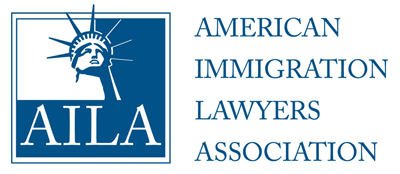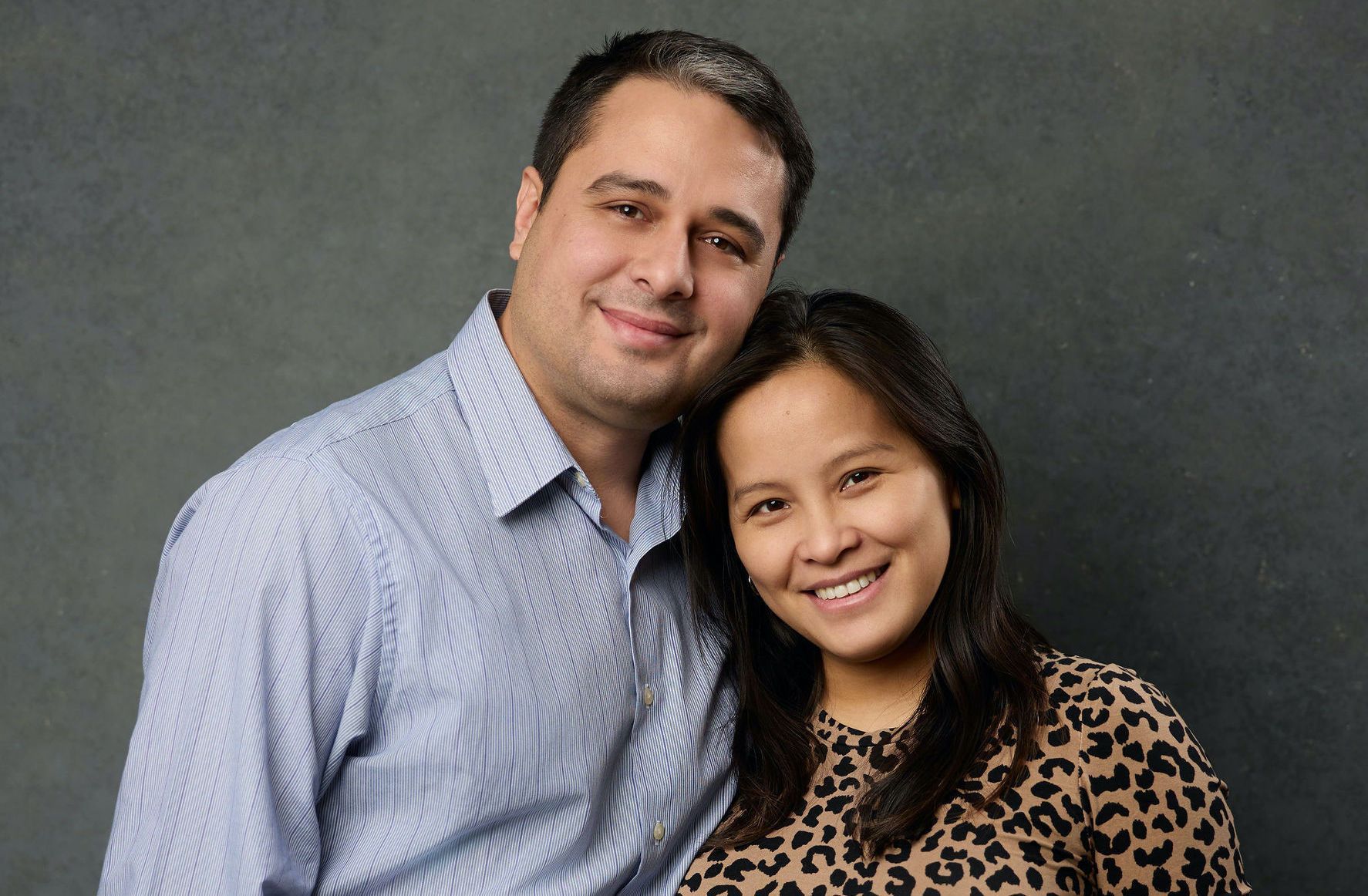Common K1 Visa Question: Who Schedules the K1 Visa Interview?

Before addressing the Main Question, a few items MUST first be explained regarding timing and expectations:
First, the K1 Fiance Visa is 100% Different from a Tourist Visa .
It is NOT as fast as a Tourist Visa. It is handled by the Embassy or Consulate’s Immigrant Visa Division, NOT the Nonimmigrant Visa Division. It REQUIRES an Immigrant Medical Exam in order to receive the Visa. It MUST have an approved I-129F Petition.
More thorough information regarding the K1 Visa (as an immigrant visa) can be seen here: /immigration/k-1-fiance-visa/is-the-k1-fiance-visa-an-immigrant-or-non-immigrant-visa/
Second, the Step 1 process MUST be understood .
Step 1 of the K1 Fiance Process is the Processing, Approval, and Transfer of the I-129F. A Visual is seen below:

Third, since it is a common prerequisite question: How long does the I-129F take to process?
USCIS Processing Times can be seen here: https://egov.uscis.gov/processing-times/
Fourth, since it usually follows the third point: Can the I-129F be Expedited?
No , a Fiance is NOT a Family Member or a Qualifying Relative for purposes of an expedite request. A Fiance has ZERO Civil Connection to a US Citizen. A Fiance is merely a promise to get married once in the US.
Fifth, since it also usually follows the third point: Can a FILE be tracked during the transfer periods? (displayed in the above image in Green)
No!
Transfer 1: USCIS to NVC
USCIS gives notice that a file is “Sent.” NVC gives Notice that a file is “Received.”
The Transfer from USCIS California Service Center to the NVC Office in New Hampshire IS NOT TRACKED. There is no “timeline” that USCIS can provide. USCIS will NOT provide you with USPS Tracking Information for a Large Shipment of Filings. USCIS can state that they “sent” the file, BUT it may not leave their office building for days.
Similarly, the NVC can’t state “they received a file” until it is “received.” The NVC can take weeks or months to receive mail from USCIS, process the mail, assign a case number, and finally provide you with a Receipt Notice. NVC Case Creation Processing Times can be seen here (AFTER THEY RECEIVE THE FILE FROM USCIS): https://travel.state.gov/content/travel/en/us-visas/immigrate/nvc-timeframes.html
Transfer 2: NVC to DOS
Not to repeat what was mentioned above, the NVC’s ONLY 2 JOBS in the K1 Visa Process are:
- Create an NVC / DOS Visa Case Number for the Immigrant Division at the US Consulate or Embassy
- Send the File Internationally
If the File is received and sent to the Embassy or Consulate, that completes the NVC’s role in the process. The NVC would NOT give any more updates. The NVC does not give timelines on “when” a visa interview will occur.
Similarly, the DOS can’t state “they received a file” until it is “received.” The Embassy CANNOT interview a file until they receive it and process it. In accordance with fairness, the Embassy will ONLY process the K1 Visa Applicants “IN THE ORDER THEY RECEIVED THE I-129F FILING.” The Embassy or Consulate will NOT allow cutting in line.
Who Schedules the K1 Visa Interview?
Please Note: Most US Embassies / Consulates do not update their websites to POST-COVID instructions/Guidance. So, website guidance SHOULD NOT BE 100% RELIED UPON. Pre-Covid, the K1 Visa was usually Interviewed within 1 to 4 months of USCIS Approval of the I-129F. Post-Covid, the K1 Visa can be interviewed YEARS after I-129F approval.
ONLY AFTER BEING INSTRUCTED BY EMAIL from the Embassy or Consulate’s Immigrant Visa Division, can the Interview Scheduling begin. The Embassy Email should 100% be up-to-date. The Embassy Email will usually state to set up a Consular Account. The Email will either give you an Interview Day and Time (already schedule) or state that you are now permitted to schedule your appointment in the Consular Account.
Again, in all fairness, the Embassy does NOT allow Applicants to cut in line and schedule before others who have been waiting longer.
Disclaimer: This Blog is made available by the lawyer or law firm publisher for educational purposes only as well as to give you general information and a general understanding of the law, not to provide specific legal advice. By using this blog site you understand that there is no attorney-client relationship between you and the Blog/Web Site publisher. The Blog should not be used as a substitute for competent legal advice from a licensed professional attorney in your state.
The post Common K1 Visa Question: Who Schedules the K1 Visa Interview? appeared first on Fickey Martinez Law Firm.












